Things You Should Never Do to Your Roof
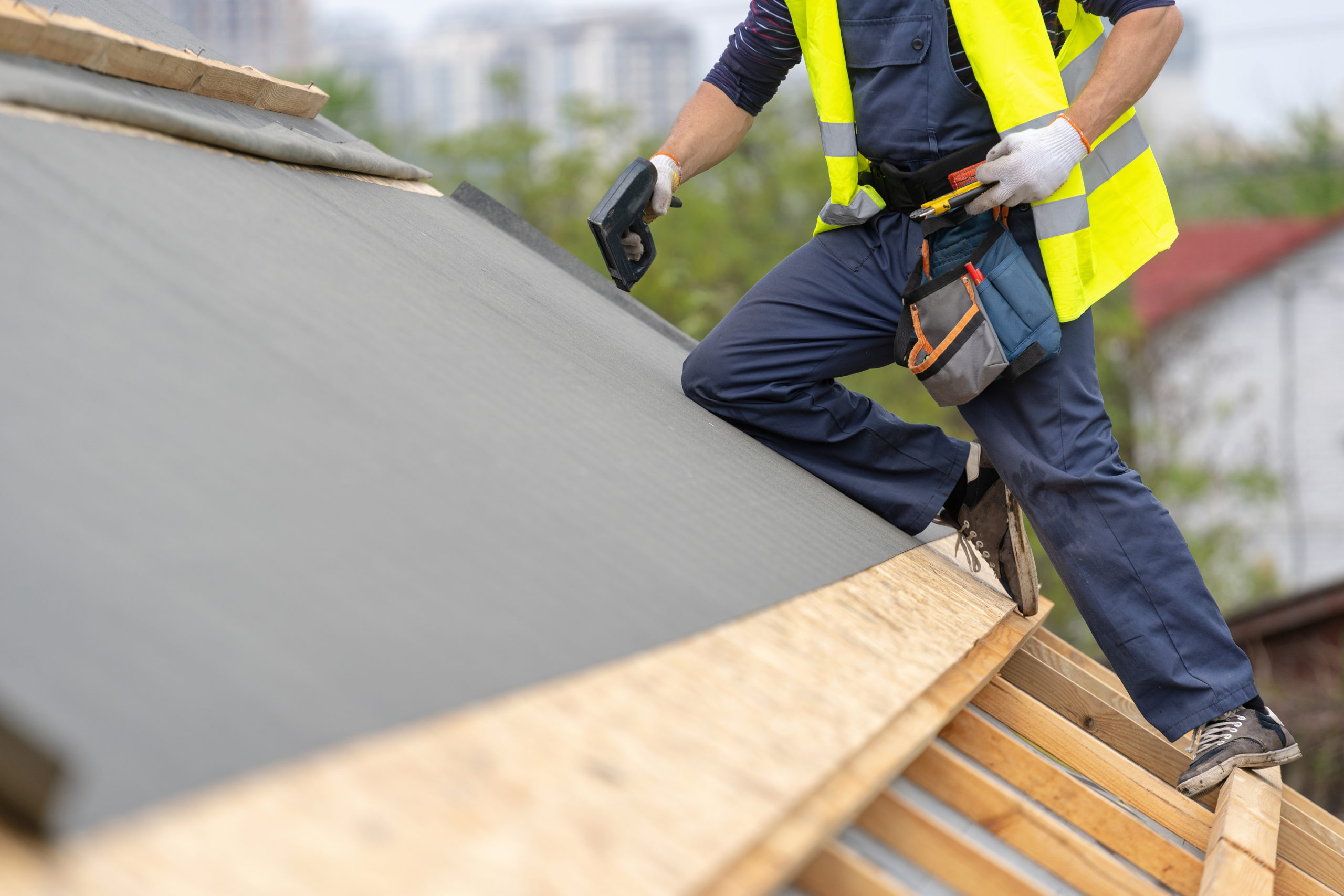
Having a strong and reliable roof over your head is essential to a safe home. A roof is the first line of defense against weather, vandalism, or other flying debris. It protects one of your largest investments, so it’s important to complete regular checkups on your roof and fix it whenever necessary.
Even though new roofs can be expensive, if you need a new roof now you should not wait. Here are a few things to look for to determine when you need to replace your roof.
Know the age of your roof
One of the most important factors for roof replacement is the age and type of roof. Most roofs are asphalt shingles which generally last 25 years. If your roof is somewhere between 20 and 30 years old, you should start considering new roofing options.
If you have a different type of roof or if you have taken great care of your roof, you may be able to extend the life of your roof to 30 or 40 years. Although you should still maintain regular checkups to ensure it is still doing its job.
Inspect the shingles
You should be conducting roof inspections at least twice every year – once in the spring after winter and again in the fall before the cold and winter return. When conducting these inspections take notice of your shingles. Are they curling? Breaking? Or, are entire sections falling off?
If there are minor inconveniences, you can easily get them fixed or replaced. But, if large sections or multiple shingles are falling apart, it is likely to consider an entire replacement instead.
Health of shingles
Another thing to consider when inspecting the shingles is whether algae, moss, or other noticeably darkened spots have taken over. Truly, this is not a major issue and does not affect the integrity of the roof at all.
However, if large sections of the roof are covered over in moss or algae it may become a distraction to the house – in other words, an ascetics issue. If your roof is old anyways or falling apart, this might be the tipping point for you to replace it entirely.
You can clean off the algae, but do not try to power wash or scrape at it. Either method would destroy the granules on the roof. Instead, a gentle solution of bleach and water can be applied. Zinc strips can help as well.
Check the attic
Part of your regular roof maintenance should be to inspect the attic of your house to see if there are any yet undetected problems. Look for places where sunlight might be shining through. This can reveal problematic sections where water or even small animals can sneak in.
Look for leaking spots. Water damage can be disastrous to your house. Perhaps you are aware of leaking into your house that is damaging the structure and walls. At the very least, this is a sign that part of the roof needs attention.
If parts of the roof seem to be sagging perhaps from water damage or from old age, this is a good indication that a new roof is required. This sagging might be spotted from the attic or noticed from the outside.
Check the gutters
When cleaning out your gutters, if you notice an excessive amount of granules present, you should take a closer look at the roof. Granules are a key aspect of most asphalt roofs and if they start to fall off, parts of the roof will become more vulnerable than they may need to be given the age and quality of the roof.
Roof Replacement
Most of the time, your roof will tell you when it is ready for a replacement. As long as you remain aware of its age and perform regular inspections, you should be able to stay ahead of any potentially serious problems.
When Is It Time to Replace Your Roof?
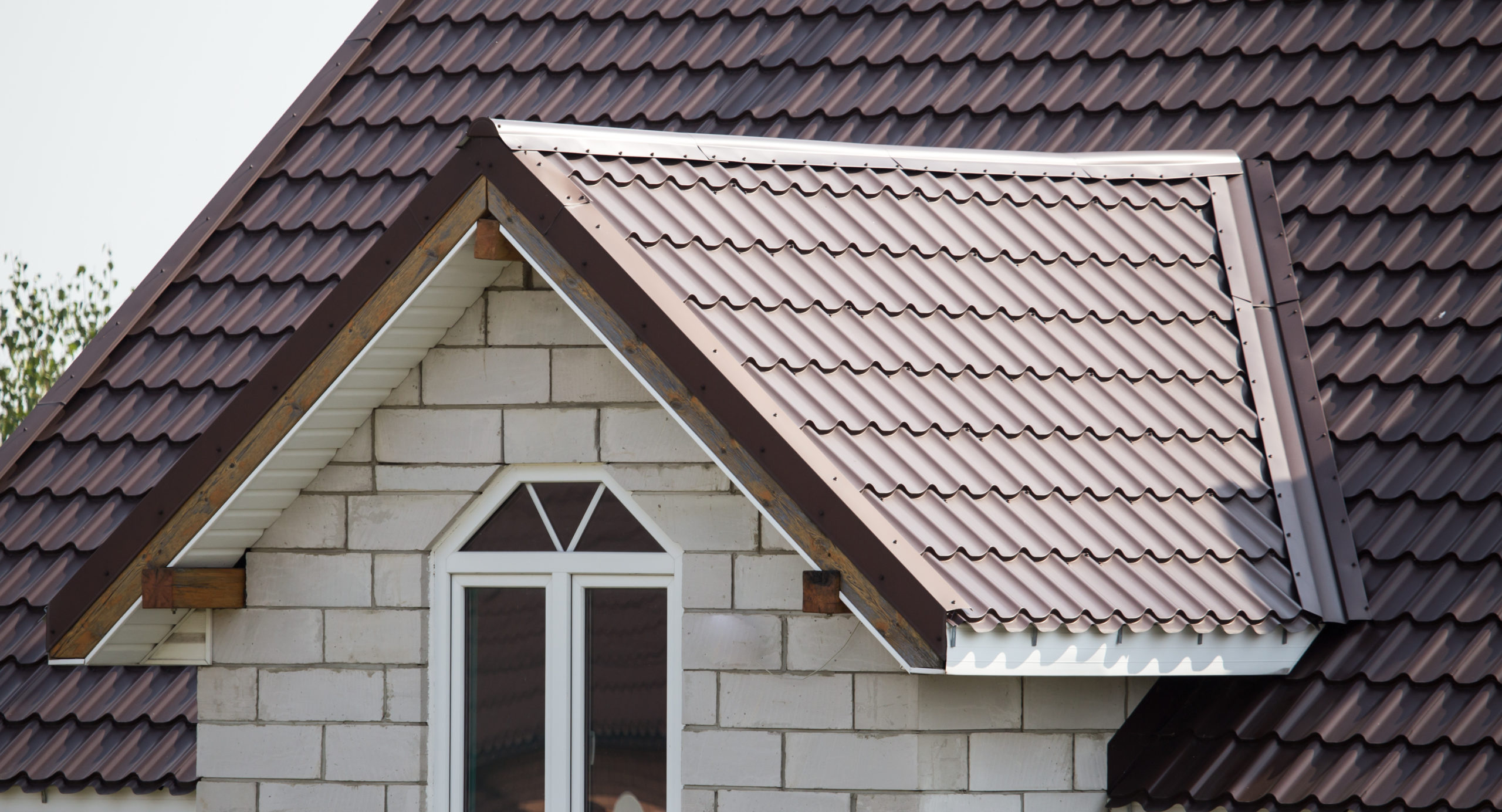

Having a strong and reliable roof over your head is essential to a safe home. A roof is the first line of defense against weather, vandalism, or other flying debris. It protects one of your largest investments, so it’s important to complete regular checkups on your roof and fix it whenever necessary.
Even though new roofs can be expensive, if you need a new roof now you should not wait. Here are a few things to look for to determine when you need to replace your roof.
Know the age of your roof
One of the most important factors for roof replacement is the age and type of roof. Most roofs are asphalt shingles which generally last 25 years. If your roof is somewhere between 20 and 30 years old, you should start considering new roofing options.
If you have a different type of roof or if you have taken great care of your roof, you may be able to extend the life of your roof to 30 or 40 years. Although you should still maintain regular checkups to ensure it is still doing its job.
Inspect the shingles
You should be conducting roof inspections at least twice every year – once in the spring after winter and again in the fall before the cold and winter return. When conducting these inspections take notice of your shingles. Are they curling? Breaking? Or, are entire sections falling off?
If there are minor inconveniences, you can easily get them fixed or replaced. But, if large sections or multiple shingles are falling apart, it is likely to consider an entire replacement instead.
Health of shingles
Another thing to consider when inspecting the shingles is whether algae, moss, or other noticeably darkened spots have taken over. Truly, this is not a major issue and does not affect the integrity of the roof at all.
However, if large sections of the roof are covered over in moss or algae it may become a distraction to the house – in other words, an ascetics issue. If your roof is old anyways or falling apart, this might be the tipping point for you to replace it entirely.
You can clean off the algae, but do not try to power wash or scrape at it. Either method would destroy the granules on the roof. Instead, a gentle solution of bleach and water can be applied. Zinc strips can help as well.
Check the attic
Part of your regular roof maintenance should be to inspect the attic of your house to see if there are any yet undetected problems. Look for places where sunlight might be shining through. This can reveal problematic sections where water or even small animals can sneak in.
Look for leaking spots. Water damage can be disastrous to your house. Perhaps you are aware of leaking into your house that is damaging the structure and walls. At the very least, this is a sign that part of the roof needs attention.
If parts of the roof seem to be sagging perhaps from water damage or from old age, this is a good indication that a new roof is required. This sagging might be spotted from the attic or noticed from the outside.
Check the gutters
When cleaning out your gutters, if you notice an excessive amount of granules present, you should take a closer look at the roof. Granules are a key aspect of most asphalt roofs and if they start to fall off, parts of the roof will become more vulnerable than they may need to be given the age and quality of the roof.
Roof Replacement
Most of the time, your roof will tell you when it is ready for a replacement. As long as you remain aware of its age and perform regular inspections, you should be able to stay ahead of any potentially serious problems.
Choosing the Right Roofing Contractor
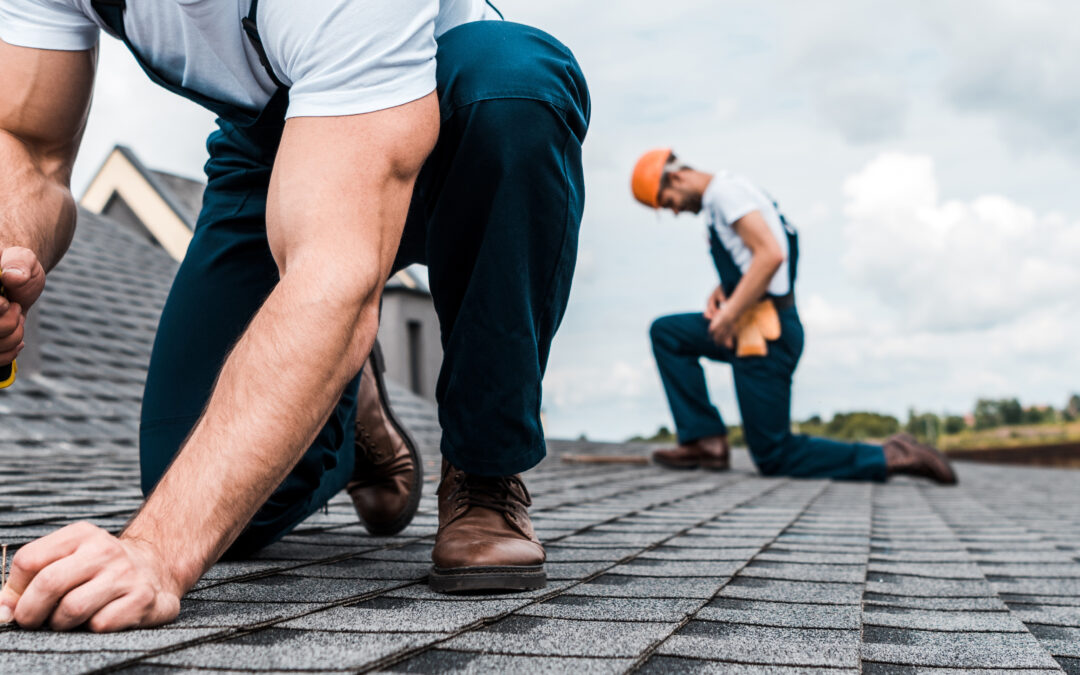

Once you have decided to purchase a new roof for your house and selected your roofing material, you will need to pick out a roofing contractor. Picking out the right roofing contractor will make all the difference. The right contractor will ensure the roof is properly installed and ventilation systems are set up. Going with a poor contractor can lead to unnecessary problems and more expensive purchases in the long run.
Here is some of the best advice to help you pick the right roofing contractor for your project:
Know What You Are Looking For
Before you start doing some research you need to decide on the specifics of your project. You can immediately eliminate certain contractors if they don’t install or have little experience with the type of roofing you desire.
Decide on a budget and decide what else you would like from the roofing company. For instance, do you need them to remove the old roof as well? Once you are set, you can start to check for things like average installation time, size of crew, and costs.
Do your research
When researching roofing contractors, the first place most people will look is at the contractor’s website. This is a good place to start, but it is important to remember that the website is designed as a marketing tool. Companies will only put information on there that will help them attract customers.
Do your due diligence and check other sources. Check for credentials from manufacturers. These are a good indicator of quality work. Also check out a contractor’s score from the Better Business Bureau (BBB). Maintaining a high BBB score is a sign of a good contractor. Try to avoid contractors that have no listing at all.
Ask around
If you know people who recently hired a roofing contractor in your area, ask them about their experience. Ask them why they chose their contractor instead of going with someone else.
If you don’t know someone, ask social media for help. Maybe one of your friends online will have some suggestions or can point you to someone who does.
Testimonials and reviews are another great option to get real customer feedback. Check the contractor’s website, Google, or a third-party review site such as GuildQuality to find reviews of certain contractors. Try to look for reviews that include images so you can actually see what type of work the contractor will provide.
Check for insurance & licensing
Roofing is a dangerous job. While most states require contractors to provide insurance for all employees and contractors, many contractors still try to avoid it. Make sure any client you are working with has proper licensing and insurance to avoid legal complications. Do this before you start any work with the contractor. A reputable contractor should be able to provide the right documentation without a problem.
Get a contract written up
Make sure you and the contractor sign an agreement prior to starting any work. This should include the details of the project as well as any associated costs.
Make sure to include a section about handling unplanned repairs. These arise often, so it is important that you know what the contractor’s process looks like and what the costs might be. You don’t want to get taken advantage of, especially considering the already hefty price tag of a new roof.
Handle your own claims
If a problem were to arise during the installation process, make sure you handle your own claim. Most states have made it illegal for contractors to negotiate with insurance companies on your behalf. Communicate with the contractor, but make sure you are filing and following up on any insurance related issues.
Get multiple quotes
Once you have found a few contractors that you like, get a quote from all of them. Even if the first quote you receive checks all your boxes, take the time to review the rest. Ask the right questions, and you might end up getting a better deal or find a new issue to take care of.
And remember: the cheapest option is not necessarily the best option. When it comes to roofing contractors, you get what you pay for!
The Best Ways to Protect Your Roof
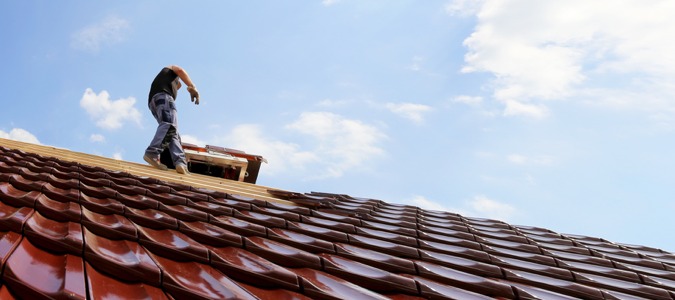

Keeping your roof in tip-top shape is essential to maintain the integrity of your house. Plus, given the costs of new roofing and repairs, protecting your roof will prolong its life and get the most bang out of your buck. Here are some of the best ways to keep your roof protected year-round.
Conduct an annual inspection
It is important to inspect your roof at least once every year. Inspecting it a few times each year, especially in the spring and fall, is an even better practice. If you can not inspect your roof yourself or just want trained eyes to do it for you, professional inspections are available upon request.
Here is what to look for:
- Damaged or missing shingles
- Overhanging branches
- Mold, mildew or other water damage
- Protect your gutters
Keep your gutters protected with gutter guards. Guards are thin pieces of metal or plastic that attach to the top of the gutters. They collect leaves, branches, and other debris that otherwise runs off the roof entirely. Keeping your gutter guarded allows only water to drain into and out of the gutter system. This avoids the buildup of the debris from collecting in the gutter or in the drains.
Damaged or broken guards need to be replaced as soon as possible so clogging and other damage to the gutters is avoided. Repair or replacement is easy and cheap, either can be completed in a matter of minutes.
Clean the roof
While cleaning out the gutters and inspecting the shingles, clear the roof of any additional debris. Sticks and leaves that are scattered across your roof might end up in the gutters or affecting shingles if left alone. Get rid of them yourself.
Also, look for areas with moss or mildew building up. Wipe these areas clean and then check to see if there are any problems in or around those areas. Moss and mildew build-up in wet and damp areas. If there are spots on your roof, you might have improperly installed shingles or a poor ventilation system. In either case, an expert might be needed to assess further options. Cleaning your roof regularly, though, will guarantee you catch the problem before it becomes too serious.
Make sure you have insurance
Most homeowner’s insurance policies cover roof damage that occurs from fire, vandalism, or natural disasters such as tornadoes or hurricanes. This protects your roof from damage in most cases but not always all of them. Many homeowner’s insurance policies don’t cover wind damage. Depending on where you live, wind damage might be a serious concern. Wind can blow debris or tree branches into your roof that cause serious damage or wear areas down making them vulnerable to water damage.
For new roofs, getting wind insurance added to your policy can be a smart move. It can help ensure you don’t have to replace the roof much earlier than you anticipated. After all, you want to get as much out of your roof as possible.
Make sure to take pictures of your roof to have proof if damage occurs. When serious damage does occur, contact your insurance provider to see what type of action needs to be taken. Oftentimes, an inspector will come out and inspect the house himself. Keeping things properly documented can help ensure you get something for your claim. This will make repairs or replacement much cheaper.
What type of roofing is best?
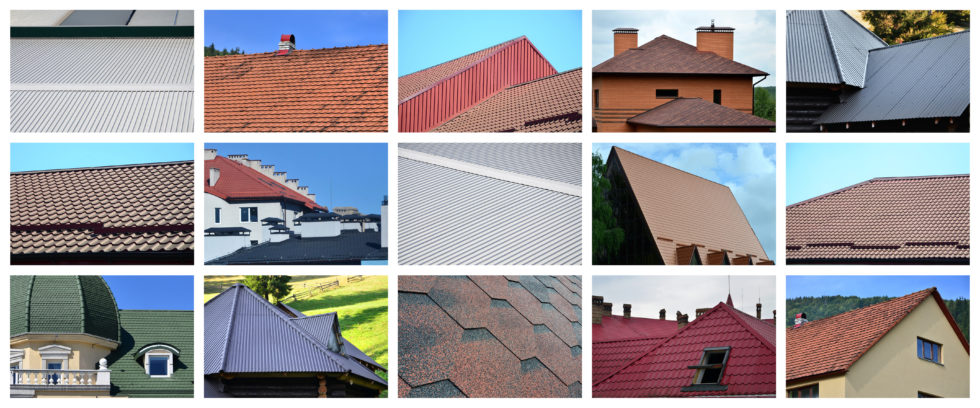

Roofing projects are among the most expensive home renovations. That makes picking out the right type of roofing extremely important. You do not want to purchase a roof that is weak and causes endless problems, but you also want to stay within budget. Below are some of the most popular roofing options, associated uses and costs, and average lifespans to help you pick out the right roof for your house!
Asphalt Roll Roof
Roll roofing is one of the cheapest options and easiest to install. Roll roofing is rolled out and overlapped across the roof. It is often used for garages, porches, and small sheds. It is not a great option for home roofs. Most asphalt roll roofing lasts between 5 and 10 years depending on weather and how well it is taken care of. The average cost for this type of roof is $2.25 per square foot.
Composite Asphalt Shingle Roof
Composite asphalt shingles are the most popular roofing material. These shingles consist of an asphalt underbelly, with an organic or fiberglass base mixed with more asphalt, and then topped with variegated chips of quartz, schist, slate, or ceramic granules as a protective layer.
The average cost for composite asphalt shingle roofing is $5 per square foot. Its affordability is a result of easy installation and durability. These shingles can last for 15 – 40 years and occasionally last 50-plus years. The length your shingles will last depend on which specific model you choose, weather, and how well you take care of it while you have the house.
Built-up Roofing (BUR)
BUR layers different roofing materials across each other to build a water-resistant shield. Fiberglass and hot tar are popular options. BUR is only used on flat roofs or roofs with a gentle grade. These are popular for commercial properties.
These roofs last between 20 and 30 years. Proper installation, inspection and repair can prolong the lifespan. The average cost is $4 per square foot.
Wood Shingles
Wood shingles are thin, curved pieces of natural wood. They are undeniably more attractive than traditional shingle options, but installation is tricky and they pose a fire hazard. In fact, some places have actually restricted their use because of that very threat.
Most wood shingle roofs last around 30 years, but some have lasted 40-50 years. As always, proper upkeep will keep your roof healthy longer. Their attractiveness comes with a higher price tag. Costs vary between $6 and $11 per square foot depending on the specific wood selected.
Wood shake shingles are a thicker variant of regular wood shingles. Their extra padding makes for a more durable protective layer and helps them last longer. Most wood shake shingle roofs last 40 years. Pricing for wood shake shingles comes in around $13 per square foot.
Metal Roof
Metal roofing is growing in popularity across the United States. Metal panels are overlapped across the roof, offering an attractive and durable option. Common metals used include steel, aluminum, copper and zinc. Because of their design and strength, maintenance is minimal.
Costs vary based on the metal used:
Steel & aluminum: $10 per square foot
Zinc: $13 per square foot
Copper: $18 per square foot
Average lifespan is around 40 years, but under the right conditions can last up to 75 years. Even though they require low maintenance, it is important to conduct regular inspections to ensure you get your money’s worth.
Stone Roofing
There are three popular types of stone roofing: clay, concrete, and slate. Each offers a unique and durable roofing option. The average lifespan of each is around 100 years. These roofing options are not vulnerable to the normal wear and tear. Instead, cracking is a major concern for tile roofs. Proper inspection can ensure your roof goes the distance.
Costs for stone roofing ranges from $10 to $20 per square foot. And, some types of slate roofing can be as expensive as $75 per square foot.
Picking the right option
Composite asphalt shingles are by far the most popular roofing option in the United States. Roughly 80% of homes use a variation of this material. But, depending on your budget, design interests, and expectations, other options are available and are growing in popularity. Take the time you need to find the right roof for you before you jump into a large project.

